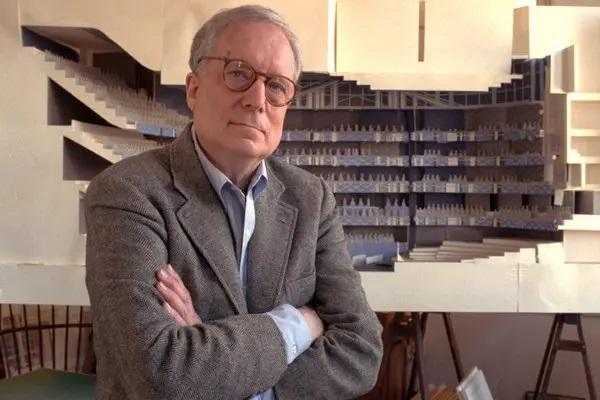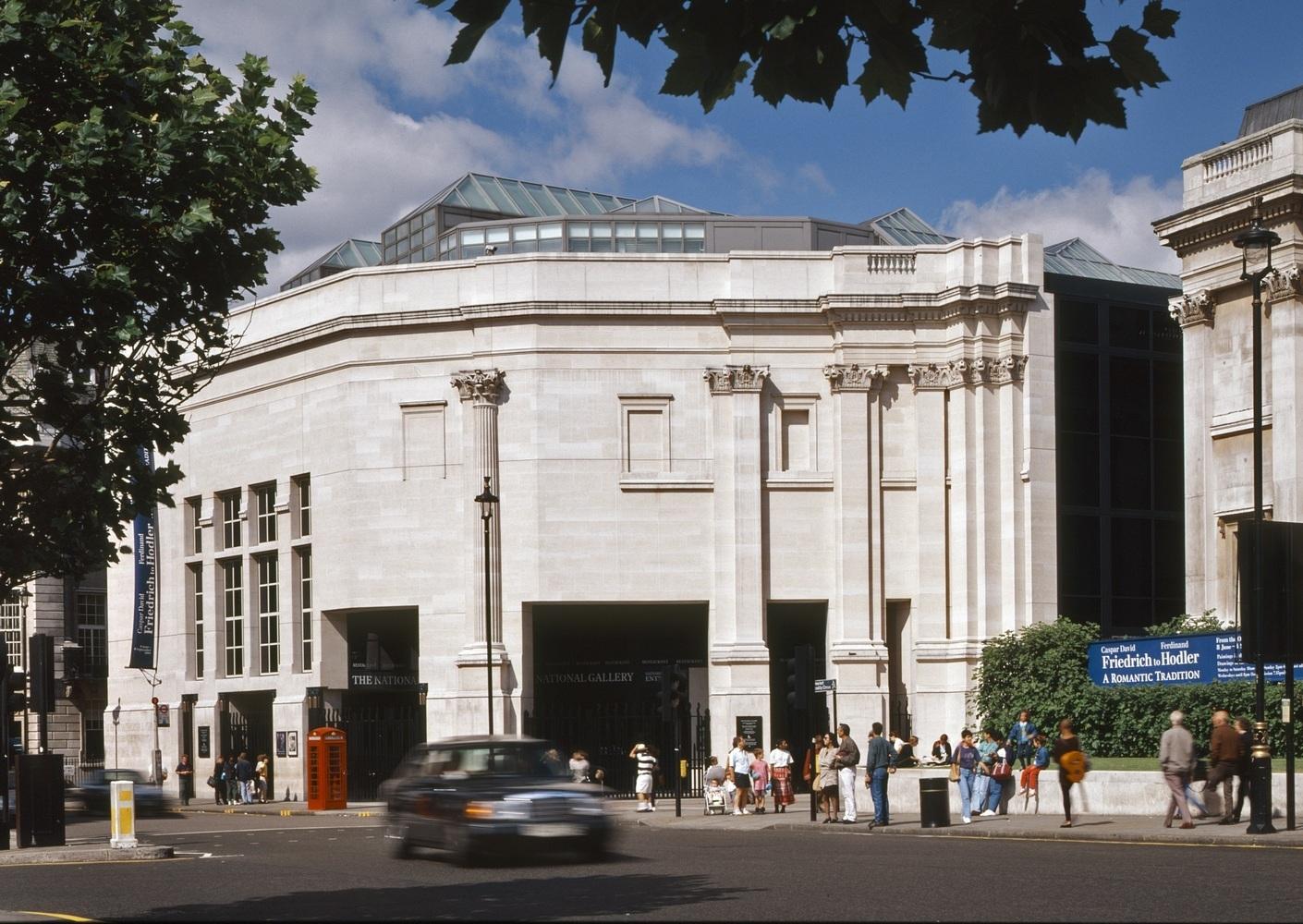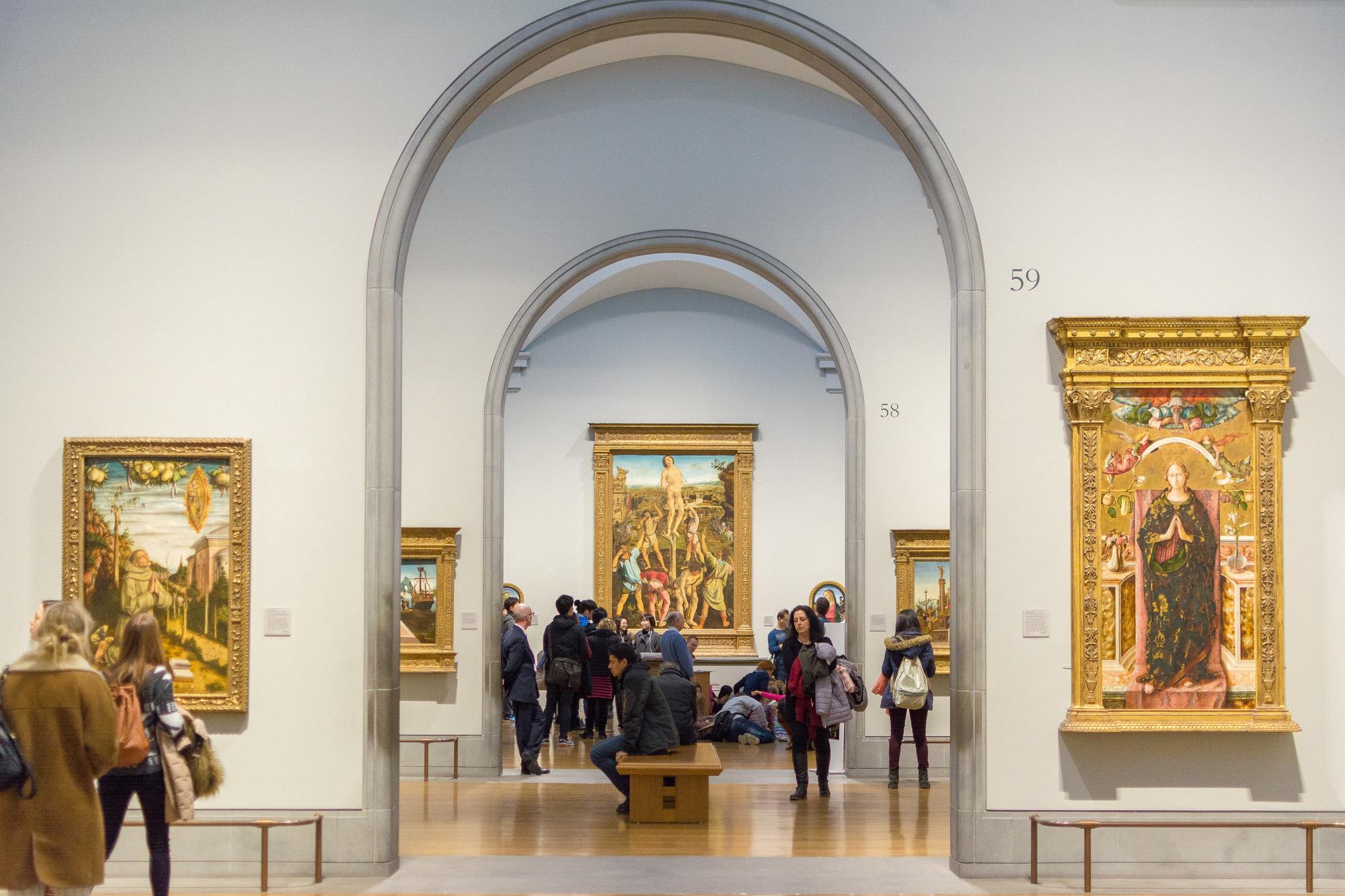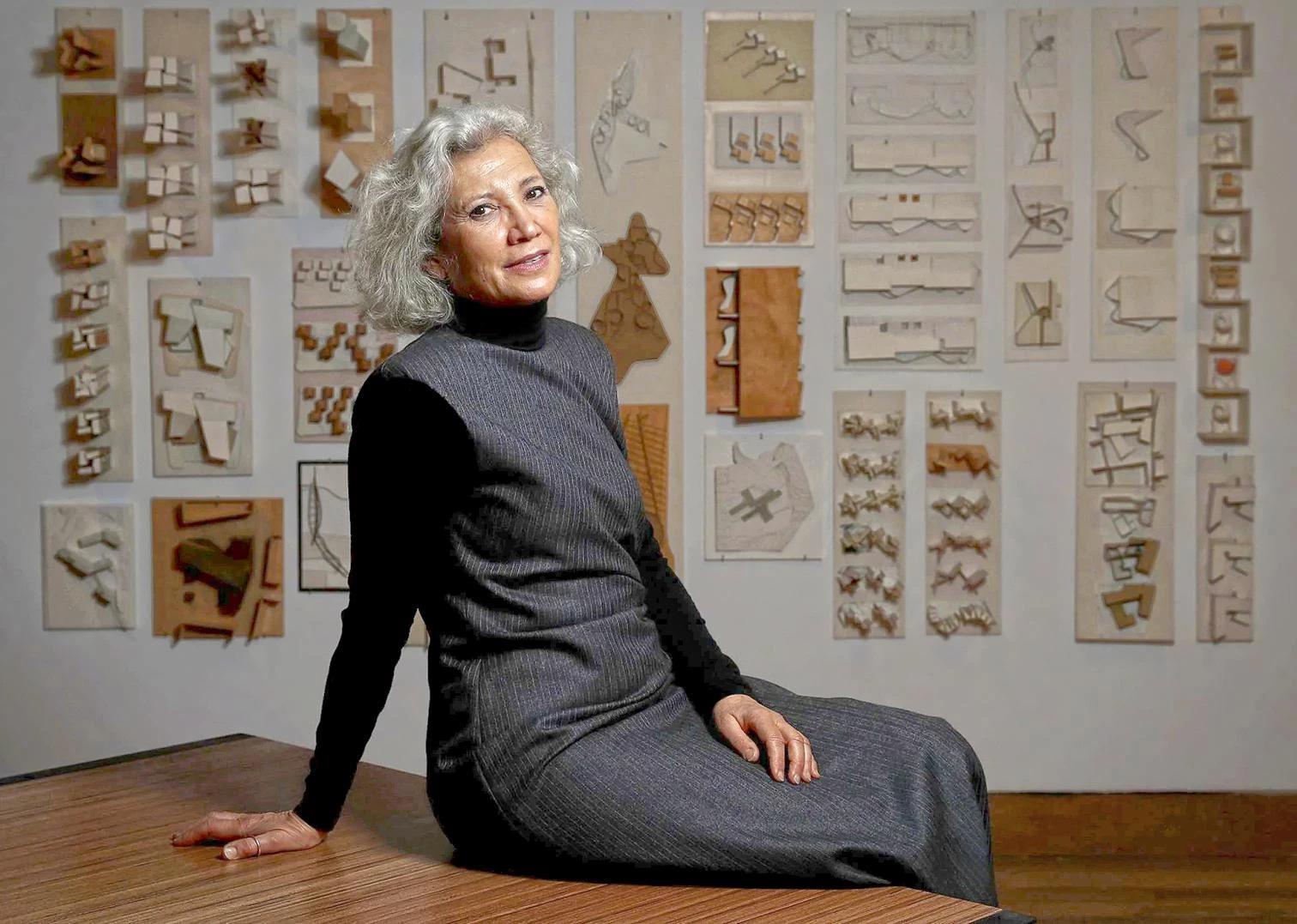Breaking Boundaries: The Legacy Of Robert Venturi In The Design Of Sainsbury Wing, National Gallery
- 24 Nov 2023
- By Deshal Shah

Robert Venturi (1925–2018) was a renowned American architect, theorist, and educator. A leading figure in postmodernism, Venturi challenged modernist conventions, emphasizing complexity and symbolism in his designs. His influential work, co-authored with Denise Scott Brown, includes the seminal text "Learning from Las Vegas," shaping architectural discourse and inspiring a new generation of designers.
Here are three notable works by architect Robert Venturi:
1. Vanna Venturi House (1964)
An iconic example of postmodern residential architecture, this house in Philadelphia is characterized by its playful use of classical elements, asymmetry, and a decorative approach that challenges modernist conventions.
2. Guild House (1964)
Located in Philadelphia, this housing project is another significant work by Venturi. It reflects his ideas about context and symbolism, featuring a bold façade and an innovative approach to urban design within a historic neighbourhood.
3. Sainsbury Wing of the National Gallery (1991)
Venturi, along with Denise Scott Brown and John Rauch, designed the expansion of the National Gallery in London. The Sainsbury Wing seamlessly integrates with the existing structure while introducing postmodern elements, demonstrating Venturi's ability to blend tradition with contemporary design.

Sainsbury Wing of the National Gallery: A Postmodern Marvel
In the heart of London, the Sainsbury Wing of the National Gallery stands as a testament to the visionary minds of architects Robert Venturi, Denise Scott Brown, and John Rauch. This architectural masterpiece, completed in 1991, is more than an expansion; it is a dialogue between tradition and contemporary design, a fusion of postmodern elements within the context of the venerable National Gallery.
Architecture and Design Philosophy
The Sainsbury Wing emerges as a distinctive addition to the National Gallery, seamlessly blending with the existing structure while making a bold statement through its postmodern aesthetic. The design philosophy reflects Venturi and his collaborators' commitment to breaking away from the rigid constraints of modernist architecture. In a departure from the minimalist tendencies of the time, the architects embraced complexity, symbolism, and a dialogue with historical precedents.
Collaborative Genius
The collaborative genius of Robert Venturi, Denise Scott Brown, and John Rauch shines through in the Sainsbury Wing. Venturi, a leading figure in postmodernism, brought his innovative ideas, Scott Brown contributed her keen observations on urban and social context, and Rauch, as an associate partner, played a crucial role in realizing their collective vision.
Integration with the Existing Structure
One of the triumphs of the Sainsbury Wing is its seamless integration with the National Gallery's original building, designed by William Wilkins in the 19th century. Rather than attempting to mimic or contrast sharply with the existing structure, Venturi and his team chose a nuanced approach. The new wing respects the historical context while introducing postmodern elements that engage in a harmonious conversation with the past.
Postmodern Elements
The Sainsbury Wing is a celebration of postmodernism, a movement that sought to move beyond the austerity of modernist architecture. The façade of the wing is adorned with classical motifs and decorative elements, challenging the prevailing norms of minimalism. This deliberate departure from the modernist ethos serves as a manifesto for a more inclusive, contextually sensitive architectural language.

Tradition with Contemporary Design
Venturi, Scott Brown, and Rauch skilfully navigated the balance between tradition and contemporary design. The Sainsbury Wing is not a mere replica of historical styles, but rather a reinterpretation that pays homage to the past while embracing the evolving needs of the present. The architects demonstrate that tradition and contemporary design can coexist, enriching each other in a symbiotic relationship.
Spatial Innovation
Beyond its exterior, the Sainsbury Wing offers a spatial experience that enhances the visitor's journey through art. The interior spaces are thoughtfully designed to accommodate the diverse collection of the National Gallery, providing a dynamic backdrop for the artworks. Venturi's keen sense of spatial organization, combined with Scott Brown's urban design sensibilities, resulted in a museum wing that goes beyond functionality to become an integral part of the art-viewing experience.
Legacy of Venturi and Scott Brown
The completion of the Sainsbury Wing solidified Robert Venturi and Denise Scott Brown's reputation as architects who dared to challenge the status quo. Their approach, often labelled as "inclusive design" or "messy vitality," emphasized the richness of architectural diversity. The Sainsbury Wing remains a living testament to their enduring legacy, inspiring architects to engage with history, context, and cultural symbolism in their designs.
Impact on Architectural Discourse
The Sainsbury Wing's completion had a profound impact on architectural discourse, sparking debates about the role of tradition and ornamentation in contemporary design. Venturi, Scott Brown, and Rauch's work challenged architects to reconsider the possibilities of postmodernism, encouraging a more pluralistic and inclusive approach to architecture.
In the Sainsbury Wing of the National Gallery, Robert Venturi, Denise Scott Brown, and John Rauch created not just an expansion but a narrative—an architectural dialogue between past and present, tradition and innovation. The postmodern elements, seamlessly integrated with the existing structure, showcase a harmonious coexistence of diverse architectural languages. The Sainsbury Wing stands as a testament to the enduring power of thoughtful design, inspiring generations to come.
Recently Published
loves or pursues or

.jpg)







.jpg)